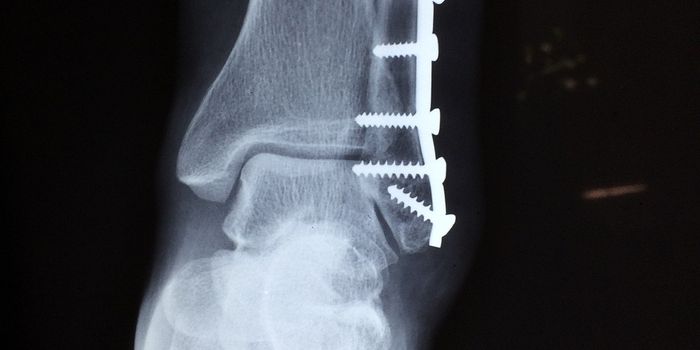Scientists Gain Insight Into How Bacteria Become Resistant to Drugs
Bacteria can swap genetic material with one another easily; one way they do it is a process called bacterial conjugation, which scientists have known about since the 1940s. But now, a major part of this process has been deciphered. Genes that confer antibiotic resistance to microbes are often shared through bacterial conjugation. So this work may help scientists shed new light on how to slow or stop the spread of antibiotic resistance, which is considered a major public health threat. The work has been reported in Nature Communications.
"Our findings set the stage for an acceleration of our understanding of gene transfer conferring antimicrobial resistance among bacteria," said lead researcher Dr. Tiago Costa of Imperial College London.
In this study, the researchers analyzed a structure called the type IV secretion system (T4SS) in E. coli bacteria; the T4SS can penetrate the membrane of other microbes. T4SS isn't only used for sharing DNA, it can also inject toxic chemicals into rival microbes, or another cell during infection.
During conjugation, bits of DNA that float around in the bacterial cell and may give it some advantage can be given to other bacteria, including totally different species of bacteria. Thus, conjugation can rapidly disperse antibiotic resistance through populations of microbes.
The T4SS has been studied in detail before, but this research used cryo-electron microscopy to produce images of the outer membrane core complex, which is how the T4SS is anchored to the bacterium that's about to share DNA. The sharing microbe extends a long strand called the pilius from the anchor, and the pilius links up with the recipient microbe.
The outer membrane core complex was found to be composed of two concentric protein rings that are connected but highly flexible. The researchers suggested that this flexibility enables a microbe to easily extend and retract the pilius when it's reaching for other bacteria.
"Our structure reveals fascinating new insights into the outer membrane core complex by displaying remarkable protein organization within. This will pave the way towards a better understanding of gene transfer amongst bacterial population and could enable researchers to develop preventative therapeutics," said first study author Himani Amin of ICL.
Sources: Imperial College London, Nature Communications









